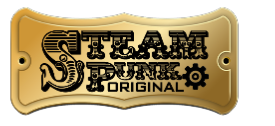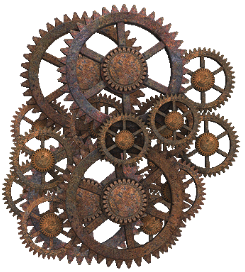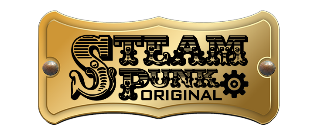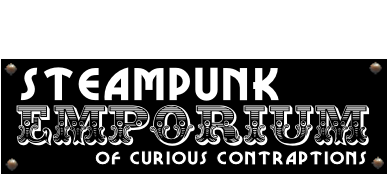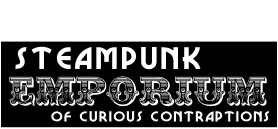Heath Robinson
William Heath Robinson (31 May 1872 – 13 September 1944) was an English cartoonist and illustrator best known for drawings of ridiculously complicated machines for achieving simple objectives.
In the U.K., the term "Heath Robinson" entered the language during the 1914–1918 First World War as a description of any unnecessarily complex and implausible contrivance, much as "Rube Goldberg machines" came to be used in the U.S. from the 1920s onwards as a term for similar efforts. "Heath Robinson contraption" is perhaps more often used in relation to temporary fixes using ingenuity and whatever is to hand, often string and tape, or unlikely cannibalisations. Its continuing popularity was undoubtedly linked to Second World War Britain's shortages and the need to "make do and mend".
William Heath Robinson was born at 25 Ennis Road on 31 May 1872 into a family of artists in an area of London known as Stroud Green, Finsbury Park, north London. His father Thomas Robinson (1838-1902) and brothers Thomas Heath Robinson (1869-1954) and Charles Robinson (1870–1937) all worked as illustrators.
His early career involved illustrating books – among others: Hans Christian Andersen's Danish Fairy Tales and Legends (1897), The Arabian Nights (1899), Tales from Shakespeare (1902), Gargantua and Pantagruel (1904), Twelfth Night (1908), Andersen's Fairy Tales (1913), A Midsummer Night's Dream (1914), Charles Kingsley's The Water-Babies (1915) and Walter de la Mare's Peacock Pie (1916).
In the course of his work Heath Robinson also wrote and illustrated three children's books, The Adventures of Uncle Lubin (1902), Bill the Minder (1912) and Peter Quip in Search of a Friend (1922). Uncle Lubin is regarded as the start of his career in the depiction of unlikely machines.
During the First World War, he drew large numbers of cartoons, depicting ever-more-unlikely secret weapons being used by the combatants. He also depicted the American Expeditionary Force in France.
He also produced a steady stream of humorous drawings for magazines and advertisements. In 1934 he published a collection of his favourites as Absurdities, such as:
- "The Wart Chair. A simple apparatus for removing a wart from the top of the head"
- "Resuscitating stale railway scones for redistribution at the station buffets"
- "The multimovement tabby silencer", which automatically threw water at serenading cats
The machines he drew were frequently powered by steam boilers or kettles, heated by candles or a spirit lamp and usually kept running by balding, bespectacled men in overalls. There would be complex pulley arrangements, threaded by lengths of knotted string. Robinson's cartoons were so popular that in Britain the term "Heath Robinson" is used to refer to an improbable, rickety machine barely kept going by incessant tinkering. (The corresponding term in the U.S. is Rube Goldberg, after an American cartoonist with an equal devotion to odd machinery. Similar "inventions" have been drawn by cartoonists in many countries, with the Danish Storm Petersen being on par with Robinson and Goldberg.)
One of his most famous series of illustrations was that which accompanied the first Professor Branestawm book written by Norman Hunter. The stories told of the eponymous professor who was brilliant, eccentric and forgetful and provided a perfect backdrop for Robinson's drawings.
One of the automatic analysis machines built for Bletchley Park during the Second World War to assist in the decryption of German message traffic was named "Heath Robinson" in his honour. It was a direct predecessor to the Colossus, the world's first programmable digital electronic computer.
In 1903 he married Josephine Latey, the daughter of newspaper editor John Latey. Heath Robinson moved to Pinner, Middlesex, in 1908. His house in Moss Lane is commemorated by a blue plaque.
He died in September 1944 during the Second World War and is buried in East Finchley Cemetery.
West House, in Memorial Park, Pinner, has been restored to house a Heath Robinson Collection, with an extension to the house planned. A Pizza Express restaurant in Harrow town centre features designs in the style of his work.
The name "Heath Robinson" became part of common parlance in the UK for complex inventions that achieved absurdly simple results following its use as services slang during the 1914–1918 First World War.
During the Falklands War (1982), British Harrier aircraft lacked their conventional "chaff"-dispensing mechanism. Therefore, Royal Navy engineers designed an impromptu delivery system of welding rods, split pins and string which allowed six packets of chaff to be stored in the airbrake well and deployed in flight. Due to its complexity it was often referred to as the "Heath Robinson chaff modification".


